Horse Discovery - Horse Selection

Evaluation of Conformation in the Horse
Introdction
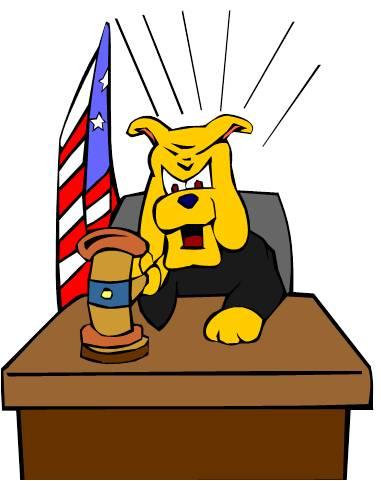
Definition
To form an opinion or estimation of after careful consideration.
It is SUBJECTIVE!!
HOWEVER, to form a valid opinion, you must: 1. Be familiar with the horse. 2. Know the criteria used to judge horses. 3. Be able to recognize conformational faults.
Developing Life Skills
- Learn more about the horse.
- Learn how to evaluate and select a horse for a suitable purpose.
- Learn to make choices and form opinions.
- Learn to have confidence in your horsemanship skills.
- Learn to defend your idea, and to take other’s ideas into consideration.
The Basics Before Judging
Know the parts of the horse:
- Skeletal Anatomy

- External Anatomy

- Chestnut/Sorrel with Star
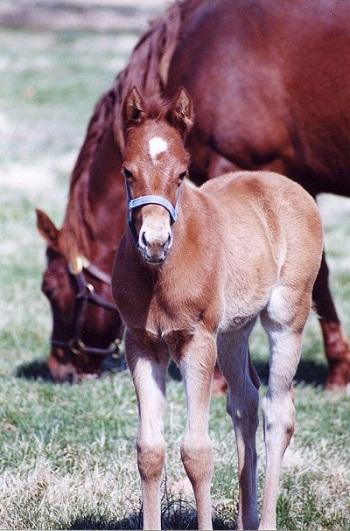
- Grey, 2 stockings and 1 sock
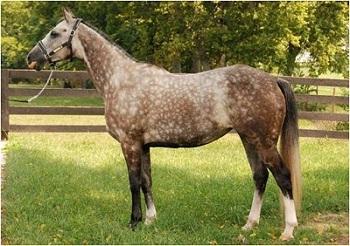
- Chestnut/Sorrel with Blaze + Stockings, Socks

- Dark Bay with Star, Snip
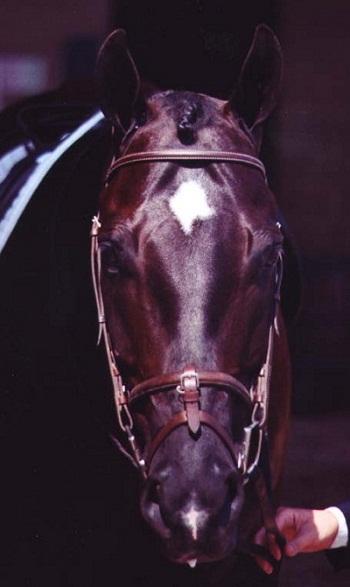
- Palomino with Strip
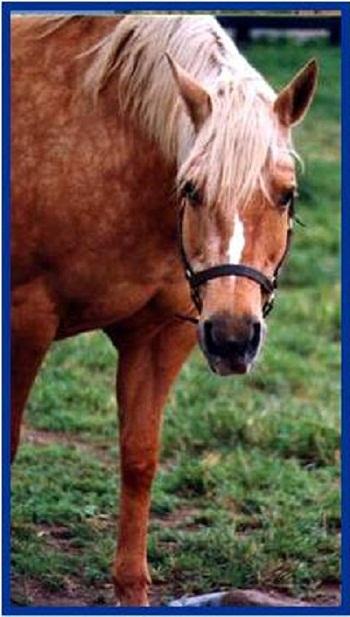

The 5 Key Characteristics to Judging Conformation in Horses
Balance refers to how well the horse is put together. Areas to consider include:
* Proportionality
You should be able to draw 3 equally-spaced circles on a balanced horse.
- Red: From the point of shoulder to the heart girth.
- Green: From the heart girth to the rear flank.
- Yellow: From the rear flank to the point of buttocks.
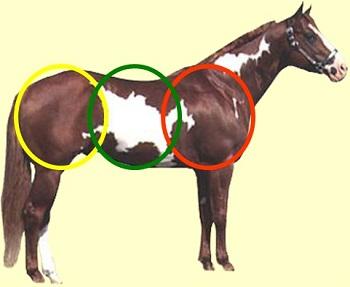
* Top-line
- The top-line is evaluated from the poll to the tail head.
Should be strong and develop out of a balanced neck, shoulder, back, and croup.
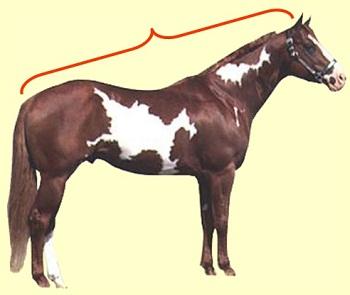
* Back
The back extends from the withers to the loin and should be short relative to the underline.
- Top: A short and strong back allows for carrying more weight.
- Bottom: A long underline allows the rear legs to reach far underneath for a long stride.
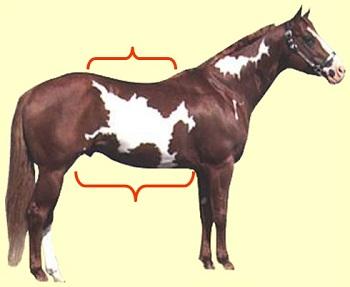
* Croup and Hip
The croup and hip are important parts of the hindquarters, which are the engine of a horse’s stride.
The hip should be long and sloping.
The croup should blend smoothly over the hindquarters.

* Heart Girth
Adequate capacity through the heart girth is needed for the intake of air during exercise.
The length from the withers to bottom of the barrel should be about equal to the length from bottom of the barrel to the ground.
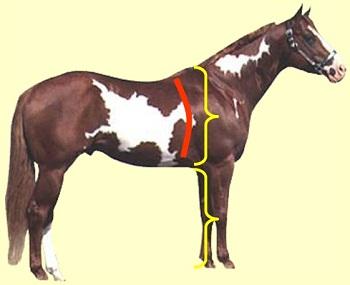
* Shoulder
The shoulders should have a 45-50 degree slope. This allow for:
- A longer range of front leg motion.
- A more comfortable ride.
- Reduced risk for lameness (more “shock absorbing” capacity).
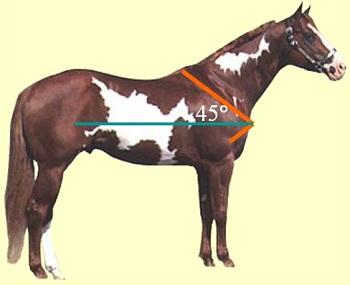
*Neck
A nicely balanced horse will have a long, clean neck. The neck should:
- Be proportional to body size.
- Tie cleanly into the shoulders and withers.
- Tie high into the chest.

* Structural Correctness
1. Correct: Side view – Straight Column of Bone
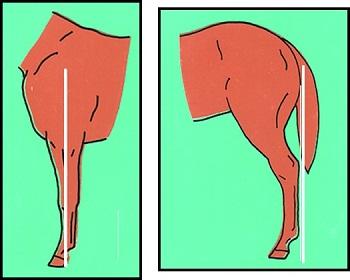
Front and Hind view – Straight Column of Bone

2. Deviations: Front View


Hind View
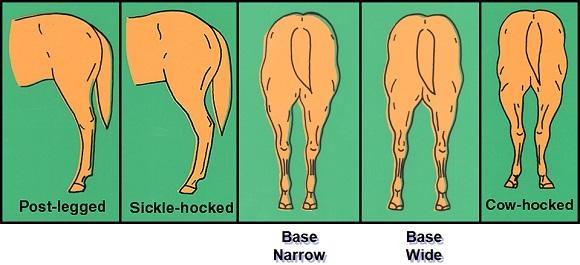
* Travel
1. Correct: Length, Straightness & Softness of Stride
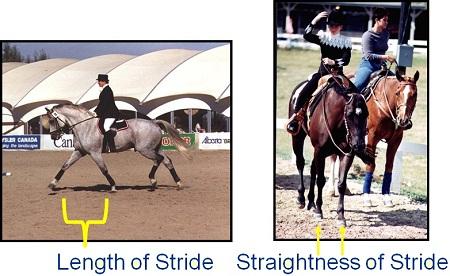
Tracking Straight at a Walk and Trot

2. Deviations: Common Deviations in Travel
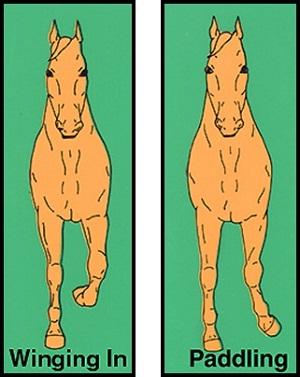
Muscling is judged by both quality and quantity:
- Quality refers how symmetrical the muscles are over the entire body.
- Quantity refers to the size of the muscles.
Generally, more muscling is preferred over less muscling in all breeds
Muscling should be evaluated from the:
- Side view – shoulder, forearm, loin, hip
- Front view – chest
- Hind view – stifle, gaskin
* Shoulder (Side View)
The shoulder is important for forward and lateral movement (such as jumping). It should be: Large and prominent or Blend smoothly into the barrel.

* Forearm (Side View)
The forearm is important for forward movement and support of the front of the horse. Smooth, well-defined muscling is desired.

* Loin (Side View)
A well-muscled loin is important for coordination of the horse’s front quarter and hindquarter during movement, as well as vertical extension. A strong loin will also help to support the back.
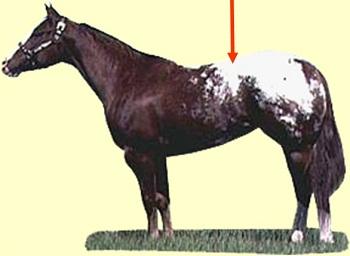
* Hip (Side View)
A well-muscled hip, especially over the croup, will give the horse impulsion, or drive, of the hindquarters.
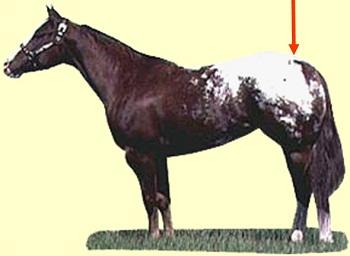
* Chest (Front View)
A heavily muscled chest and forearm is needed for good extension and more lateral movement power during motion for the horse. A V-appearance of the chest will be present on a well-muscled horse. Forearm muscling should be bulging from the chest to the knee.
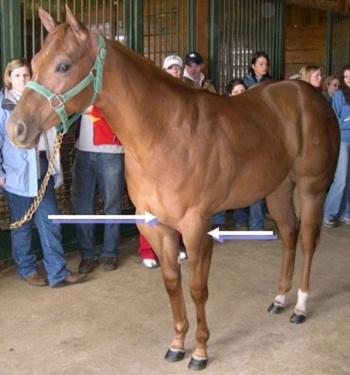
* Stifle and Gaskin (Hind View)
The stifle muscle provides most of the power from the hindquarters, and the gaskin muscles are important to power the flexion and extension of the hind legs. The horse should be as thick (or thicker) through the stifle as they are in the hip. Both the inner and outer gaskin should be bulging, tying deep into the hocks.
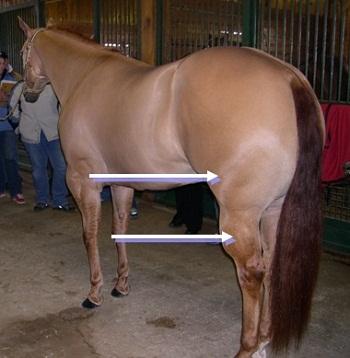
Quality is a combination of a horse’s:
- Head
- Throatlatch
- Skin and Coat
- Bone Structure

Femininity versus Masculinity
Breed Characteristics and Breed Standards

Practice Judging Class/Quarter Horse Mares
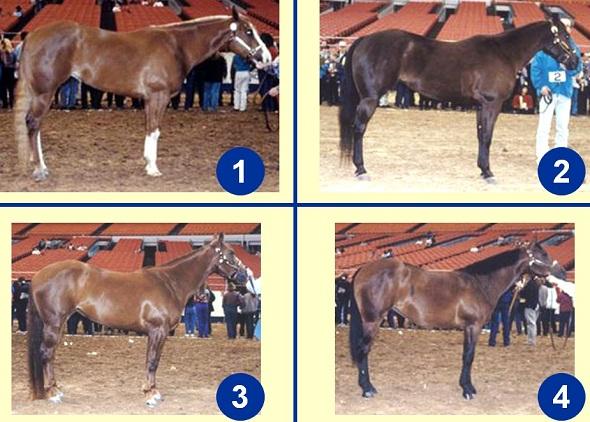
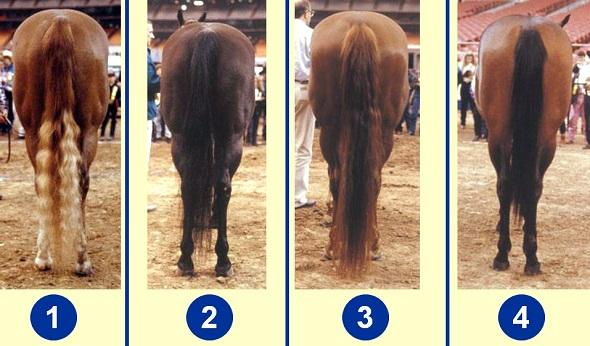

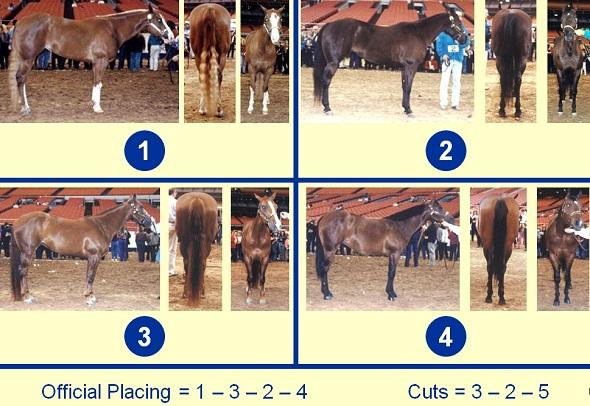

In the top pair today, we placed 1 over 3 because we felt 1 had the best combination of femininity, balance, and muscling of the two mares. We felt that 3 was certainly a mare that was a little more structurally correct in her pastern, standing on a little more slope in the pastern, and more level over the croup and along the hip.

In the middle pair, we put the solid sorrel 3 over 2 because we felt like 3 had more overall quality and refinement throughout.

Moving to the bottom pair, we found 2 placing over 4 because 2 stood taller at the withers, was more structurally correct throughout, and was a mare that stood with a longer, more sloping shoulder and more total length of hip.
We left 4 at the bottom of the class today, realizing that she has some very nice qualities. However, she is the smallest mare in the class, and she toes out a little bit in front when viewed from the rear. We would like to see this mare a little more level in the top line when viewed from the side.

Once you have read through the Horse Selection section on our Horse Discovery page, you can test your knowledge here. The quiz will provide automatic grading and reveal the correct answers for learning purposes.
Take the Horse Selection Knowledge Check here.
Did you score an 80% or higher? Congratulations! Email anna.draeger@uky.edu with a screenshot of your score to receive your celebratory Certificate of Completion for the Horse Selection section.
Horse Discovery Navigation |
